WoW Woman in 3D and FashionTech | Tina W. Cheng, founder and CEO of Capsul
Interview by Marija Butkovic
Tina is a serial entrepreneur and C-level startup executive in the consumer internet space. Her latest venture, Capsul, uses Computer Vision to turn modern, timeless jewelry into a unique "Time Capsul" that holds your precious memories. Prior to founding Capsul, Tina was the COO of Coordinates Collection, a customized jewelry startup, and the CEO of Jigocity, an e-commerce company with 200+ employees and operations in six countries in Asia. She had led the company from startup to a $65 million exit in 18 months. Tina is also an active mentor within the LA startup community as the founding LA Director for SheWorx, a global organization focused on providing female entrepreneurs with access to VC's and top mentors to build scalable businesses. Tina received her BS in Structural Engineering from UCLA and MBA from USC Marshall School of Business, where she frequently guest lectures on Entrepreneurship and E-Commerce.
Tina, what is the idea behind your project / product and how did you come up with it? When did you start with that business, how did you start and do you have other members in your team?
I founded Capsul as an innovative and elevated way to capture my daughter's cute handwriting and sweet voice. At my last position as the COO of another customized jewelry company, I learned that the jewelry industry, while massive at $300 billion globally, is extremely antiquated and fragmented. So I wanted to use my engineering and e-commerce background to make mass customizing jewelry faster, easier, and cheaper. I also always had a vision of turning each piece of jewelry into a true unique "Time Capsul" that holds a piece of your memory.
I managed a team of 20 people and 4 key members had left with me to join Capsul 3 years ago. It was incredibly validating and humbling that they believed in me and my vision.
How long did it take you to be where you are now?
I founded Capsul a bit more than 3 years ago. The first year was mainly focused on product development, testing for product-market fit, and setting up the logistics infrastructure. We launched our website and wholesale business at the end of the first year.
What was the biggest obstacle?
As with most businesses, starting from 0 to 1 is always the most difficult process. Having been a C-level executive for the past 8 years, I had to learn how to be a scrappy entrepreneur again without a big team and resources.

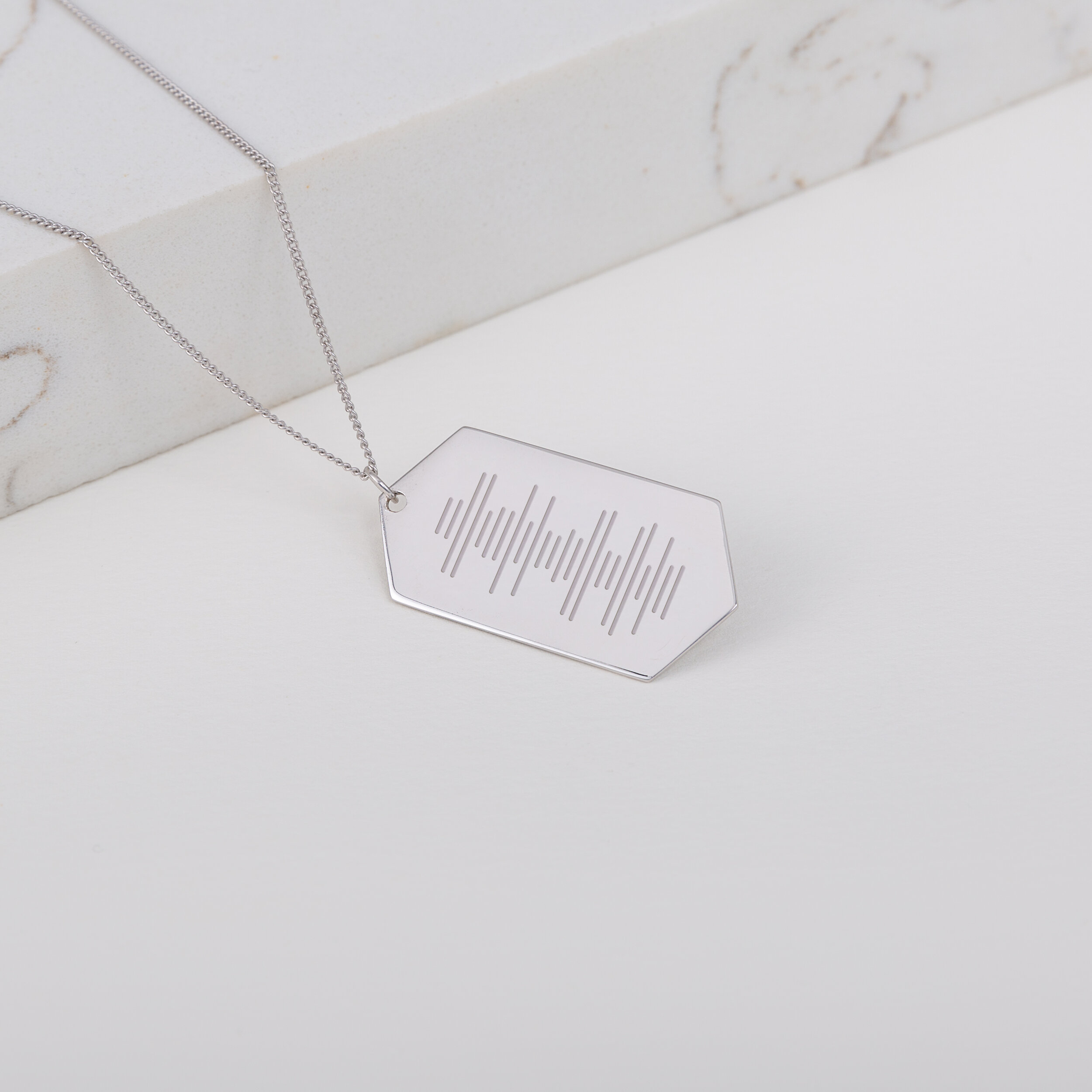
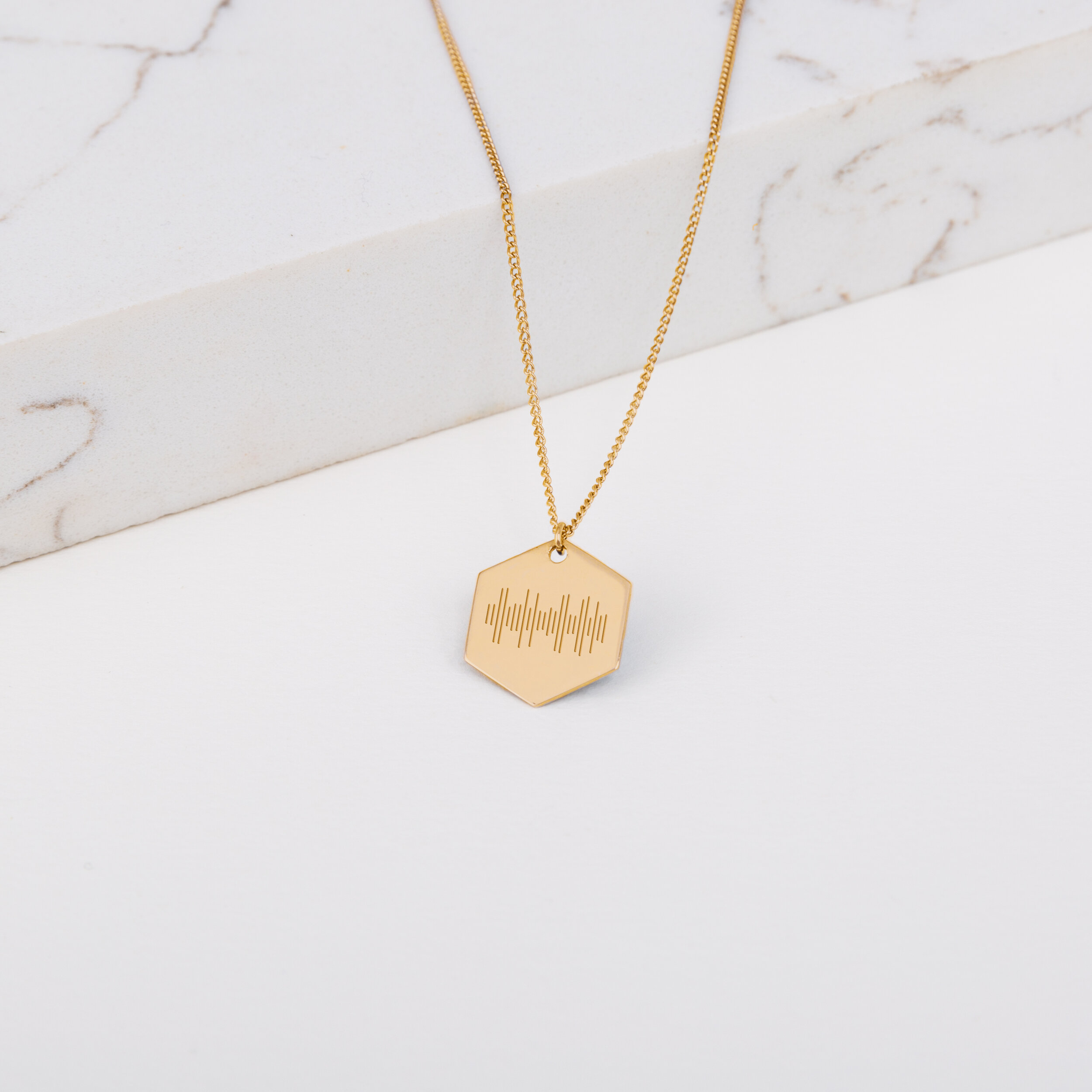
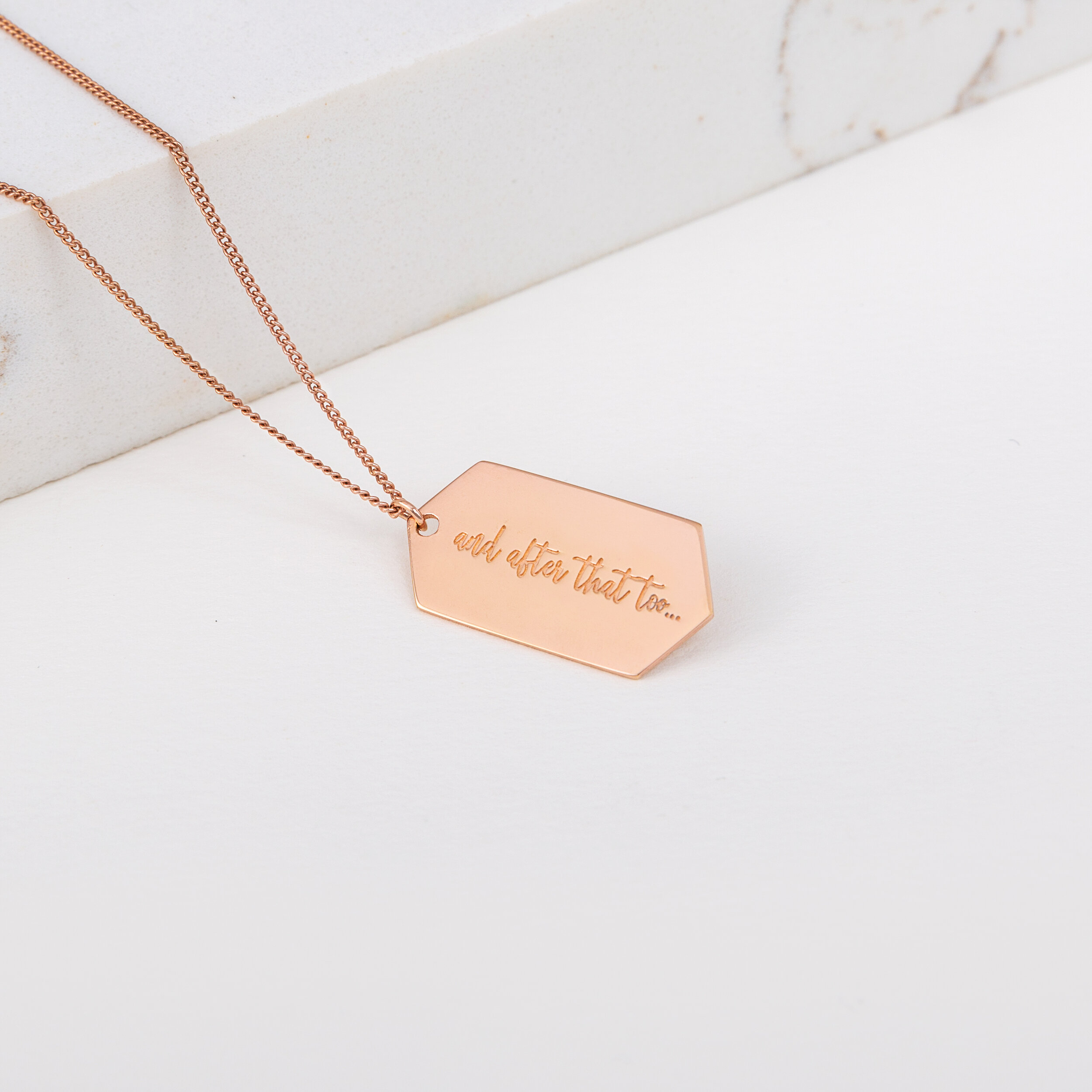
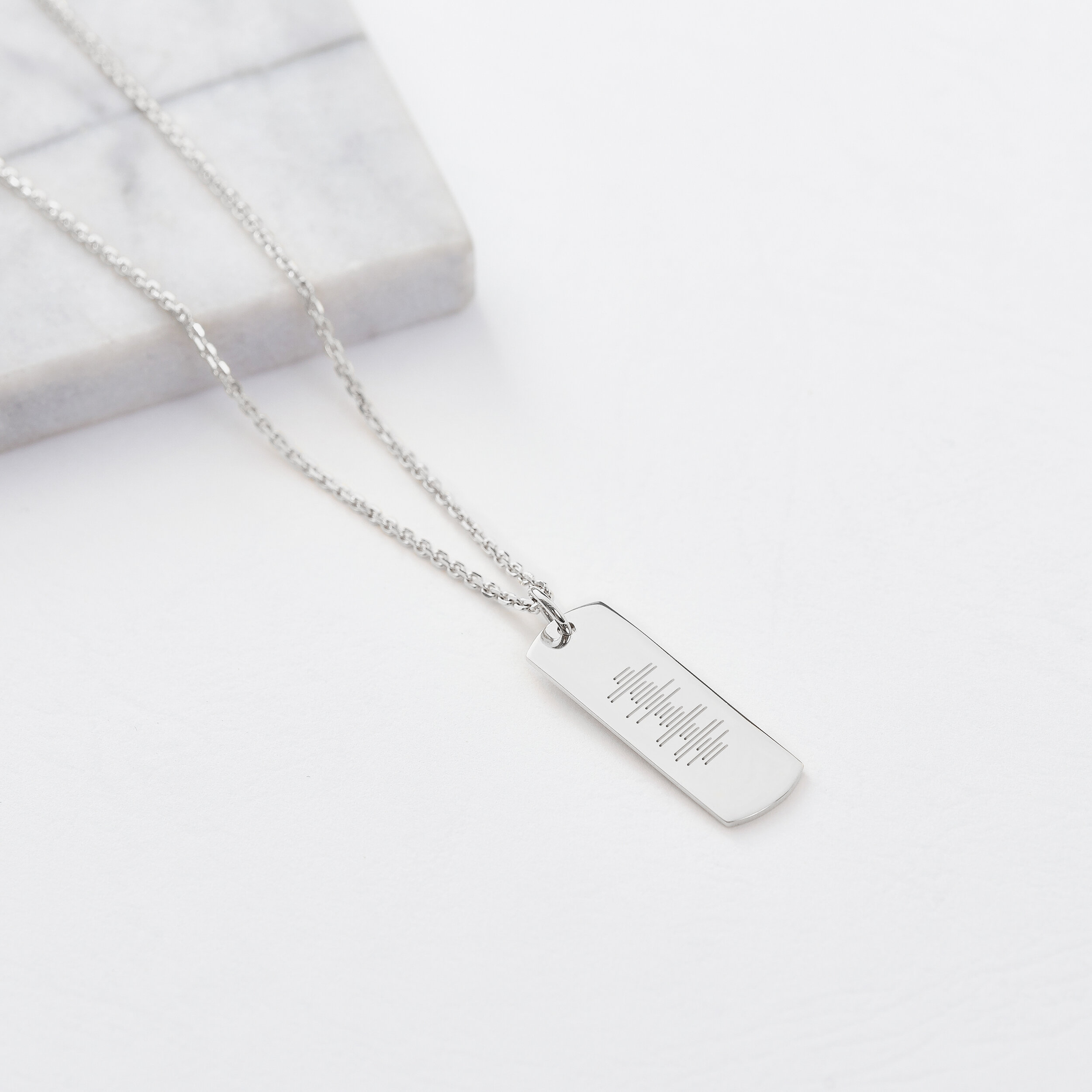
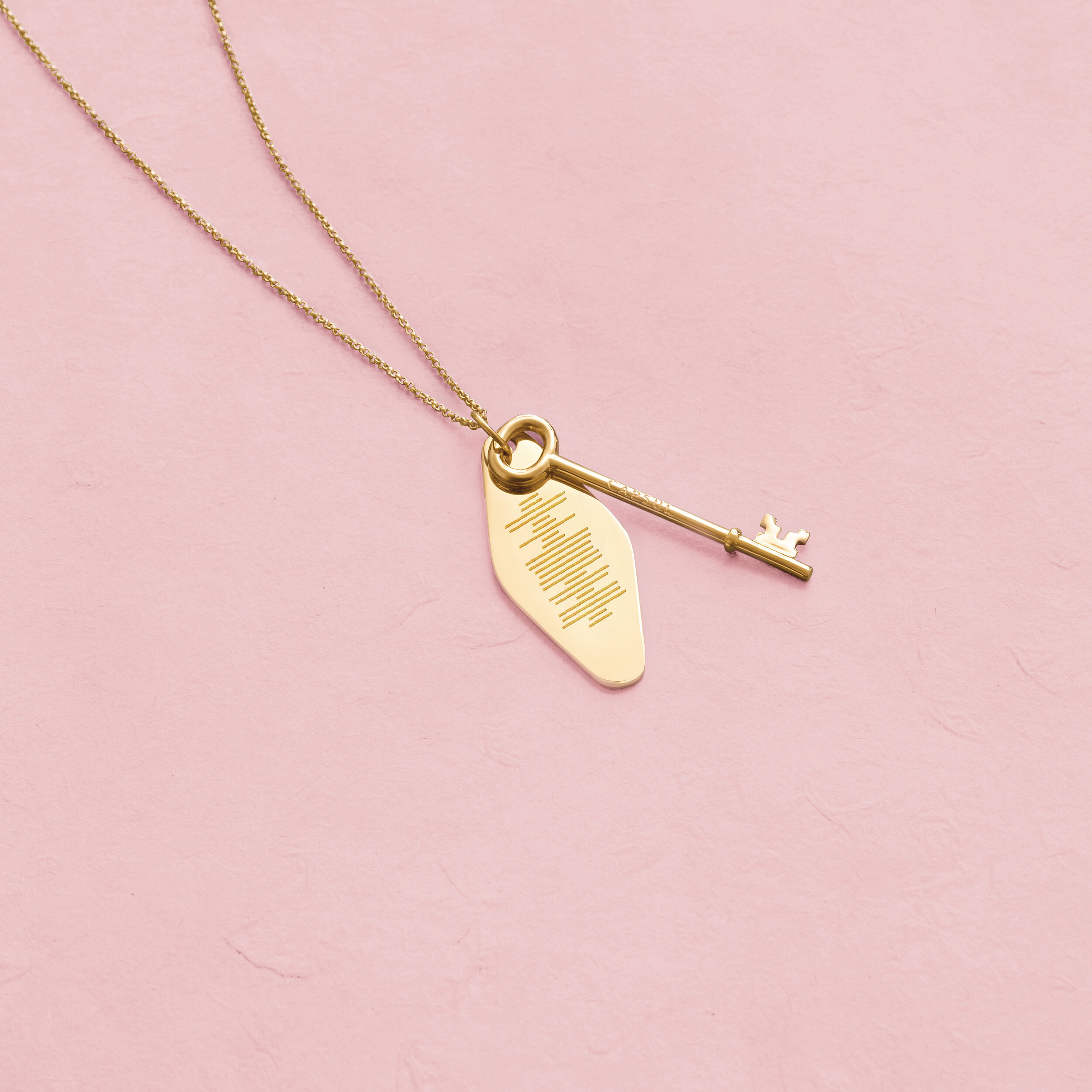

What are the challenges of being an entrepreneur in the niche you are in? How about being a female founder / entrepreneur?
Jewelry is a very competitive industry and in e-commerce, the cost of customer acquisition has risen dramatically in the past few years. So you really have to focus on your core values and key differentiation, as well as building an efficient and scalable supply chain.
The jewelry industry is surprisingly extremely male-dominated both in terms of management and the entire supply chain. One of the key driving forces for my starting Capsul was to see more female entrepreneurs running female-focused businesses.
What are your biggest achievements to date?
Capsul has seen phenomenal growth at 5X year-over-year revenue. But I'm most excited about launching our patent-pending Computer Vision mobile app, which enables customers to scan their Capsul jewelry and playback a video or audio clip of their favorite memories.
What are the projects you are currently working on?
We're working on another exciting project to build a 3D configurator on our site so customers can see a real-time rendering of their customized jewelry. On the backend, it'll also generate a 3D-print ready file to further reduce labor and lead time.
Is the #WomenInTech movement important to you and if yes, why?
I studied structural engineering at UCLA and being one of the only females never really bothered me. However, it wasn't until I started fundraising for Capsul that I realized the extent of gender prejudice and inequality in the startup industry. Only 1% of businesses receive venture funding and of that 1%, only 2% of total funding went to female founders. Although I was incredibly fortunate to have raised venture funding very early on, I fully realize the challenges most female founders face due to the lack of role models, mentorship, and access to the venture capital communities. It's been my mission to cultivate and foster the ecosystem to drive more #WomenInTech.
What will be the key trends in the fashion tech and 3D industry in the next 5 years and where do you see it heading?
Consumers are increasingly making more informed and deliberate decisions about sustainability and customization. Accelerated by COVID, I believe the trend in fashion is moving away from mass-market fast fashion and toward quality, more meaningful purchases. The modern consumers want fashion that not only makes them look good but feel good about themselves and the environment. Technology should be used to help reduce waste and lessen environmental impact on the environment.
What is the most important piece of advice you can give to all female founders and female entrepreneurs out there?
Be open-minded but selective of who you take advice and feedback from. There's a female tendency to place more trust in others than yourself.
Who are your 3 inspirational women in fashion tech and / or 3D?
I absolutely have a girl crush on Sara Blakely, the founder of Spanx. She bootstrapped the business to the unicorn it is today. Other women I deeply admire include Julie Wainwright of The RealReal, and StitchFix's founder, Katrina Lake.
Website / Instagram / Facebook / Pinterest
This interview was conducted by Marija Butkovic, Digital Marketing and PR strategist, founder and CEO of Women of Wearables. She regularly writes and speaks on topics of wearable tech, fashion tech, IoT, entrepreneurship and diversity. Follow Marija on Twitter @MarijaButkovic.


